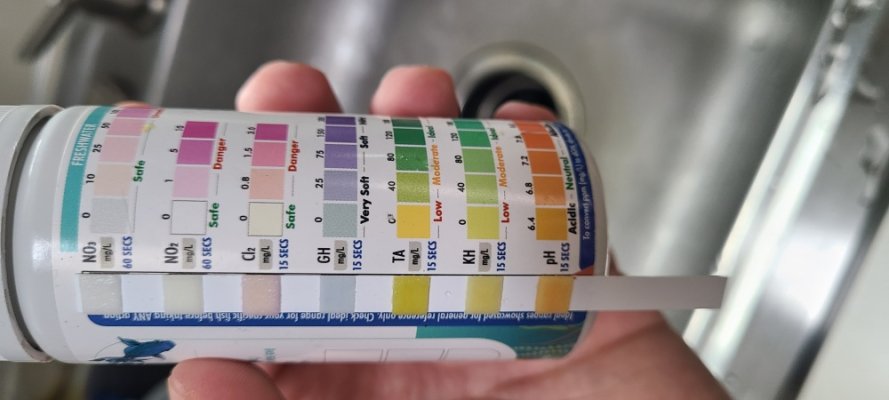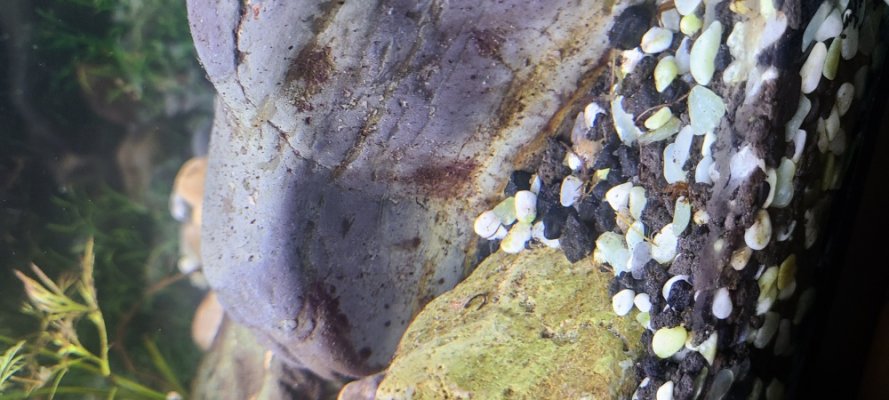I've had my 30 Gallon freshwater tank for a decade and it's always done well with plants and multiple fish with almost zero maintenance throughout multiple moves. It was a thriving self-sustaining ecosystem.
But when I moved to my new house and set up my tank, it didn't take long to get PH and Alkalinity spikes killing off most of my fish and plants. And with it came the brown algae.
I tried everything suggested to me form algae treatment, water changes, stabilizers, daily test strips to balance the water. Nothing worked.
So I did a full overhaul. New gravel and substrate, bleach soaked and scubbed down everything. New plants, New better filter system, the works.
It was good for over a month. Crystal clear, plants and animals thriving amd daily tests and adjustments. And out of nowhere boom, Alkalinity and ph spikes. Killed off all but 2 fish and a frog. Even my 2 snails died. Plants slowly dying. And brown algae again.
I've invested so much time and money just to flush it away with my dead fish. I'm ready to give up on this entirely.
Yall are my last hope to save it.
10 years zero problems, low maintenance. Last 6 months constant struggle and giving up hope.
But when I moved to my new house and set up my tank, it didn't take long to get PH and Alkalinity spikes killing off most of my fish and plants. And with it came the brown algae.
I tried everything suggested to me form algae treatment, water changes, stabilizers, daily test strips to balance the water. Nothing worked.
So I did a full overhaul. New gravel and substrate, bleach soaked and scubbed down everything. New plants, New better filter system, the works.
It was good for over a month. Crystal clear, plants and animals thriving amd daily tests and adjustments. And out of nowhere boom, Alkalinity and ph spikes. Killed off all but 2 fish and a frog. Even my 2 snails died. Plants slowly dying. And brown algae again.
I've invested so much time and money just to flush it away with my dead fish. I'm ready to give up on this entirely.
Yall are my last hope to save it.
10 years zero problems, low maintenance. Last 6 months constant struggle and giving up hope.












